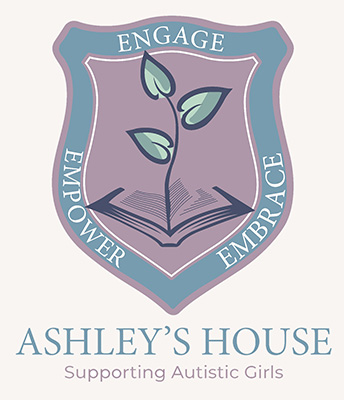Supporting Autistic Girls
Autistic girls often have the desire to engage socially. They may participate in play, yet typically follow their peers’ lead. Initiating social contact might not come naturally to them, leading to a perception of being socially passive or peculiar. Despite a wish to forge friendships, they may struggle with the process of making friends, resulting in unhappiness and feelings of isolation. Challenges such as interpreting social cues, recognising facial expressions, and grasping social hierarchies can be daunting. Not comprehending the reasons for communication can lead to unexpected and confusing responses from others, which may cause difficulties in school and society at large.

